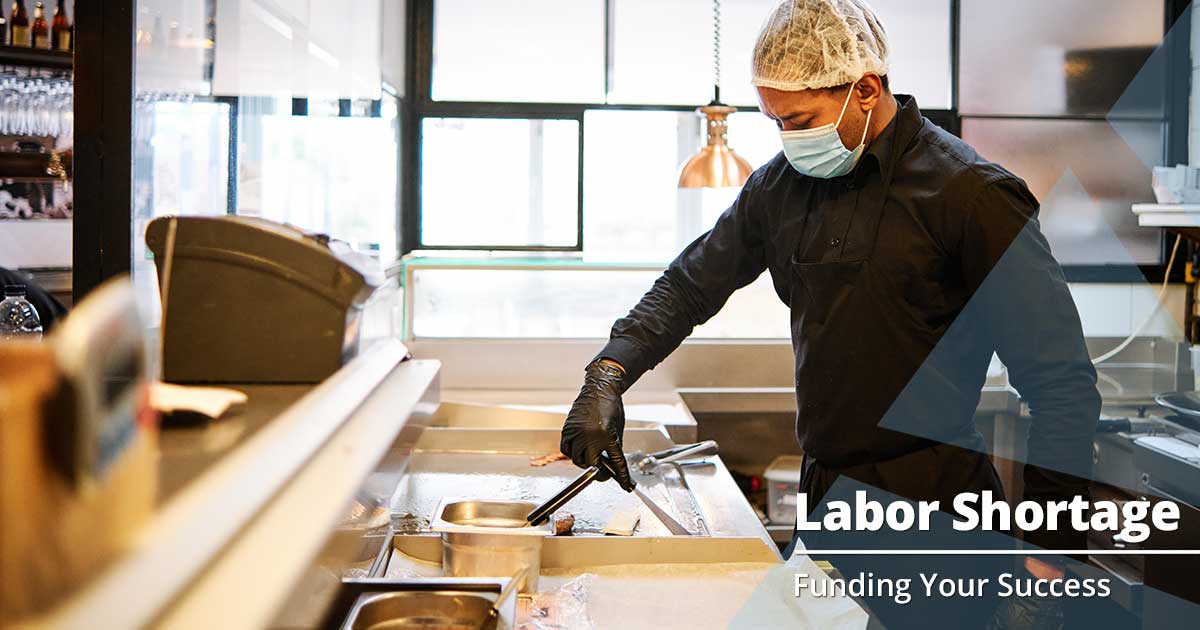How Fast-Food Restaurants are Tackling the Labor Shortage

We are in a strange time, to be sure. In 2020, when the world all but came to a standstill, restaurants closed. Schools went virtual. Employees stayed home to trade their conference rooms for living room Zoom calls. And the fast-food industry went dark. With that, the workers were… out of a job. But over the years, as the world has opened (and closed) and opened again, fast-food restaurants were able to start serving. But what we all some coming, after years of food industry employees demanding a living wage, was a refusal by many past workers to return to their old gig. It was more financially reasonable for workers to continue accepting the government stimulus than it was for them to go back to their old jobs. Plus, don’t forget about the health concerns many still had with regard to going back and facing the public. Financial concerns combined with health concerns created a tsunami of chaos for the fast-food industry. In essence, where have all the workers gone? We know the answer—but now we need to know how the restaurants are handling the labor shortage. Let’s dive in…
It’s obvious that without a stellar staff, your restaurant will suffer. And an interesting fact from the Bureau of Labor Statistics is that “Employment of chefs and head cooks is projected to grow 25 percent from 2020 to 2030, much faster than the average for all occupations.” The industry is going to need more workers, but finding great talent will prove to be a challenge. To combat this, restaurant owners are making it a point to retain the employees they currently have. If they’ve stuck by you through this tumultuous time during the pandemic, chances are they’re a loyal partner. Plus the cost of replacing, hiring, and training employees is astronomical. Reducing employee turnover is key, and restaurants are taking advantage of the information gleaned from exit interviews. Exit interviews are a great way to learn why your staff are leaving—and take that feedback to turn some things around. On the other hand, consider the opposite of an exit interview: a straight-up feedback meeting with your current staff. Their opinions and observations can really help you see areas of improvement.
If you’ve ever heard of open-book management, it’s a key component in what a lot of companies are doing to make sure their employees feel valued. It’s designed to help employees understand how the restaurant is doing financially, plus how they’re contributing to the success of their workplace. And that’s a great model to keep employees in-the-know when they otherwise would have had no idea whether their workplace was in danger or thriving.
Finally, you’ve got to entice employees to want to come work for you. In the corporate world, that includes benefits, paid time off (PTO), stock options, etc. Pre-pandemic, most restaurants didn’t offer these options. Times have changed, as have employee needs. Consider adding a benefits package to your hiring process. Rewarding your employees in an unexpected way is sure to make an impact on staff retention and restaurant attraction.
If you’ve been on the fence in terms of securing a small business loan, there’s no better reason to add some emergency funds to your coffers than a labor shortage. We’ve seen that in order to maintain a competitive edge with your competition, you’ve got to think big. Whether it be a line of credit worth up to $500,000 or a Flex Pay loan perfectly customized to fit your business needs, ARF Financial has your business’s back. Stand apart from the competition with the financial resources you need to thrive—all from ARF Financial.

